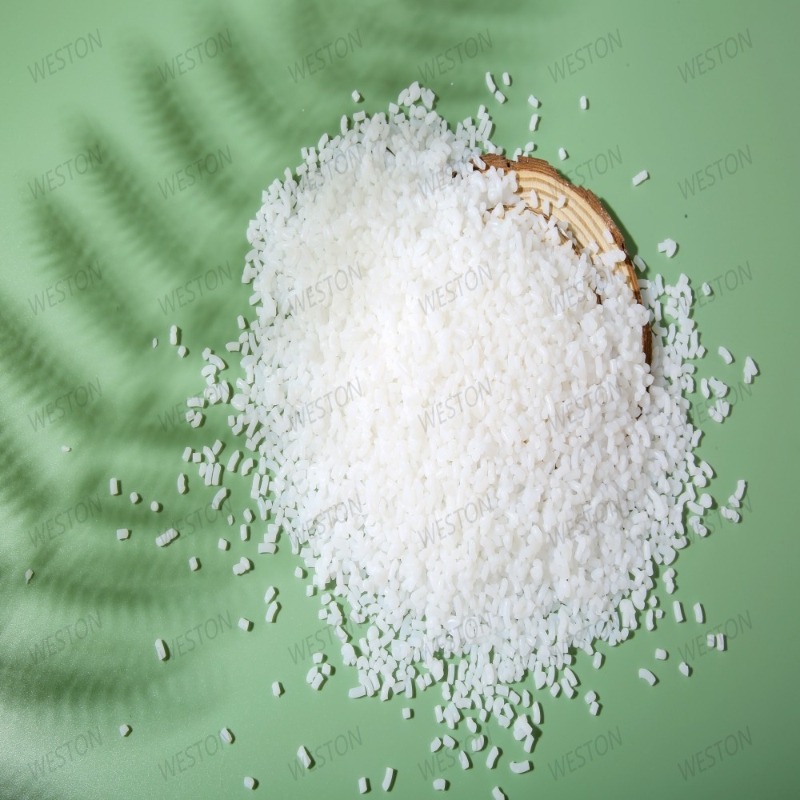-
Categories
-
Pharmaceutical Intermediates
-
Active Pharmaceutical Ingredients
-
Food Additives
- Industrial Coatings
- Agrochemicals
- Dyes and Pigments
- Surfactant
- Flavors and Fragrances
- Chemical Reagents
- Catalyst and Auxiliary
- Natural Products
- Inorganic Chemistry
-
Organic Chemistry
-
Biochemical Engineering
- Analytical Chemistry
- Cosmetic Ingredient
-
Pharmaceutical Intermediates
Promotion
ECHEMI Mall
Wholesale
Weekly Price
Exhibition
News
-
Trade Service
Recently, Professor Xu Zhi from the School of Chemical Engineering of East China University of Science and Technology proposed a strategy to design porous organic cage (POC) membranes with heterostructures through electrostatically induced crystal rearrangement
.
The researchers exploited the electrostatic attraction of ionic liquids to induce the rearrangement of disordered organic cage molecules into uniform, defect-free crystalline layers for efficient CO2 capture
.
The related results were published in the German Applied Chemistry under the title of "Electrostatically-induced crystal rearrangement porous organic cage membranes for carbon dioxide capture", and were selected as a hot paper
.
.
The researchers exploited the electrostatic attraction of ionic liquids to induce the rearrangement of disordered organic cage molecules into uniform, defect-free crystalline layers for efficient CO2 capture
.
The related results were published in the German Applied Chemistry under the title of "Electrostatically-induced crystal rearrangement porous organic cage membranes for carbon dioxide capture", and were selected as a hot paper
.
2
In recent years, membranes with inherent micropores, such as zeolites, metal-organic frameworks (MOFs), and covalent organic frameworks (COFs), have become research hotspots due to their uniform pore size and adjustable size
.
However, the fabrication of these well-defined functional crystalline films remains challenging due to the presence of non-selective defects and inevitable grain boundaries
.
In contrast, although polymer membranes are limited by the trade-off between gas permeability and selectivity, they still dominate the field of practical membrane gas separation due to their facile and scalable solution casting process
.
Therefore, the development of materials with intrinsic microporosity and solution processability is an urgent need to build next-generation high-performance membranes
.
The rigid structure of porous organic cages (POCs) endows them with abundant pores and interpenetrating channels
.
Furthermore, the molecular-scale cages can be dissolved by organic solvents, which enables their controllable assembly by simple solution-processing procedures such as spin coating
.
However, during the film formation process, the rapid volatilization of the solvent can lead to the disordered arrangement of the porous organic cage molecules, resulting in large non-selective intergranular gaps, resulting in the degradation of the film performance
.
DFT calculations reveal the rearrangement mechanism of porous organic cage crystals
DFT calculations reveal the rearrangement mechanism of porous organic cage crystalsThis work realizes the micro-dissolution of the surface POC molecules through the ionic liquid solution, and realizes the ordered rearrangement of the surface POC molecules under the induction of the ionic liquid molecules, and constructs a dense and defect-free crystalline skin layer
.
Compared with the original POC film, a large number of regular "micro-Turing structure" wrinkles appear on the surface of the POC film after electrostatically induced rearrangement, and the characteristic diffraction peaks of POC crystals appear in its powder X-ray diffraction pattern, indicating that the film surface has formed Rearrange the crystalline layer
.
In situ etching X-ray photoelectron spectroscopy indicated that the thickness of the crystal rearrangement layer on the surface of the electrostatically induced rearrangement POC film was about 10 nm
.
Density functional theory (DFT) shows that the interaction between POC and ionic liquid molecules is dominated by van der Waals forces and a small number of hydrogen bonds
.
The pores of the POC molecules show electrostatic negativity and can bind to the electrostatically positive parts of the ionic liquid molecules
.
In the process of induced rearrangement on the membrane surface, based on the electrostatic attraction effect, the ionic liquid molecules induce the electrostatically negative POC windows to be preferentially arranged outwards and combine with the positively charged part in the ionic liquid molecules, so that the POCs are rearranged into tight and regular order.
Thin layers of crystals, eliminating intergranular gaps
.
The gas separation performance test showed that the crystal rearrangement significantly improved the gas separation selectivity of the POC membrane
.
The membrane performance exceeds that of most separation membranes reported so far, and the POC membrane exhibits good long-term and thermal shock stability
.
Further characterizations and calculations showed that the ionic liquid molecules modified the POC intrinsic pores after inducing the surface crystal rearrangement, realizing the in-situ regulation of the POC intrinsic pores, preventing the entry of larger molecules such as N , and passing through the quartz crystal microbalance.
Tests confirmed this conclusion
.
This work provides new inspiration for the preparation of crystal-rearranged films with regular channels
.
(Chen Hongying Hua Gong)







